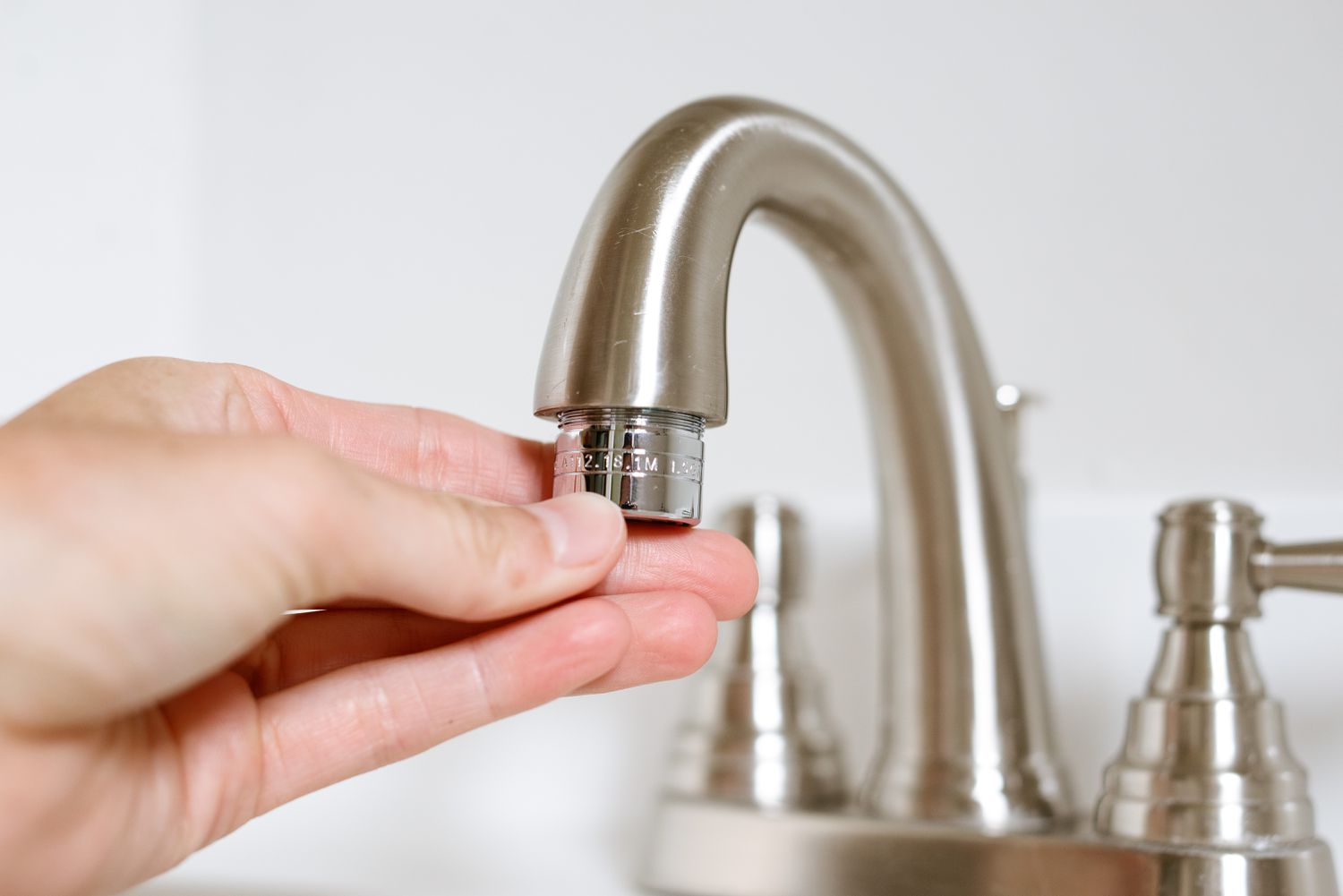

Articles
What Is A Faucet Aerator
Modified: August 16, 2024
Learn what a faucet aerator is and how it can save water in this informative article. Discover the benefits of using faucet aerators and how they contribute to a sustainable lifestyle.
(Many of the links in this article redirect to a specific reviewed product. Your purchase of these products through affiliate links helps to generate commission for Storables.com, at no extra cost. Learn more)
Introduction
When it comes to everyday household fixtures, faucets play an essential role in our lives. We rely on faucets for tasks ranging from washing dishes to brushing our teeth. However, have you ever wondered what makes a faucet more efficient and environmentally friendly? This is where a faucet aerator comes into play.
Faucet aerators are small devices that attach to the end of a faucet spout. These simple yet effective additions have the power to transform the way water flows from a faucet, offering numerous benefits for both homeowners and the environment. In this article, we will explore the ins and outs of faucet aerators, including their purpose, how they work, the different types available, installation methods, maintenance tips, and troubleshooting common issues.
So, if you’re curious about how to make your faucets more efficient and want to reduce your water consumption without sacrificing functionality, read on to discover the world of faucet aerators.
Key Takeaways:
- Faucet aerators are small but powerful devices that reduce water consumption, promote energy efficiency, and provide a more satisfying user experience by mixing air with the water stream, leading to significant benefits for both homeowners and the environment.
- Understanding the different types of faucet aerators available, from standard to low-flow and high-flow options, as well as swivel, cache, and needle spray aerators, can help homeowners choose the most suitable one for their faucets, enhancing water conservation and functionality.
Read more: How To Clean Aerator On Faucet
Definition of a Faucet Aerator
A faucet aerator is a small attachment that fits onto the end of a faucet spout. Its primary function is to introduce air into the water stream, creating a mixture of air and water that flows smoothly and evenly. The aerator typically consists of a metal or plastic casing with a mesh screen or multiple small holes to regulate the water flow.
The purpose of the aerator is to reduce the overall water flow rate without compromising the effectiveness of the faucet. It achieves this by infusing the water with air, which improves the water pressure and minimizes splashing. In addition to regulating the flow, faucet aerators also prevent water from flowing in an uninterrupted stream, which can cause excessive water splashing and waste.
Overall, a faucet aerator serves as a beneficial addition to any faucet, offering both functional and environmental advantages. By incorporating this small device into your faucets, you can achieve water efficiency and conservation without sacrificing the convenience of a strong water flow.
Purpose of a Faucet Aerator
The primary purpose of a faucet aerator is to improve the efficiency and functionality of a faucet by introducing air into the water flow. Here are the key purposes and benefits of using a faucet aerator:
- Water Conservation: One of the main purposes of a faucet aerator is to promote water conservation. By infusing air into the water stream, the aerator helps reduce the overall flow rate while maintaining a steady feel of water pressure. This not only saves water but also reduces your water bill over time.
- Energy Efficiency: Using a faucet aerator can also contribute to energy efficiency. When water flows more smoothly and evenly, it requires less energy to heat the water, resulting in energy savings.
- Reduces Splashing: The aerator’s mesh screen or multiple holes break up the water stream, preventing excessive splashing. This is particularly useful in tasks such as handwashing, where splashing can be minimized for a more convenient and mess-free experience.
- Improves Water Pressure: By introducing air into the water stream, the aerator can improve the perceived water pressure, even if the overall flow rate is reduced. This ensures that you can still achieve a satisfying water flow without wasting excessive amounts of water.
- Filters Sediments: Some faucet aerators come with built-in filters that help remove sediments and impurities from the water. This can improve the taste and quality of the water that comes out of your faucet.
- Noise Reduction: The addition of air to the water stream also helps reduce the noise generated by the faucet. This can be particularly beneficial in households where loud water noises can be disruptive or bothersome.
Overall, the purpose of a faucet aerator is to enhance the efficiency, functionality, and overall experience of using a faucet while promoting water conservation and energy efficiency.
How a Faucet Aerator Works
A faucet aerator works by mixing air with the water flow, resulting in a steady and controlled stream. The mechanism behind its operation is relatively simple, yet highly effective. Here’s how a faucet aerator works:
1. Air Intake: The aerator is designed with air intake openings or channels that allow air to enter the device. As the water flows through the aerator, it draws in surrounding air through these openings. The air is then mixed with the water as it passes through the aerator.
2. Water Regulation: Within the aerator, there is a mesh screen or multiple small holes that regulate the water flow. This screen or holes serve as a barrier to control the amount and direction of the water flow. The water is forced through these small openings, causing it to break up into multiple streams.
3. Air and Water Mixture: As the water is forced through the aerator’s mesh screen or holes, it mixes with the air that was drawn in earlier. The combination of air and water creates a softer, more aerated stream that feels gentle and comfortable to the touch.
4. Flow Rate Reduction: The introduction of air into the water stream effectively reduces the overall flow rate without sacrificing water pressure. The aerated stream gives the illusion of a higher water flow, even though less water is being used. This helps conserve water and energy without compromising the functionality of the faucet.
Overall, the aerator’s ability to mix air with water creates a more efficient and pleasing water flow. It regulates the water pressure, reduces splashing, and saves water, all while maintaining a satisfactory water experience for various household activities.
Benefits of Using a Faucet Aerator
Using a faucet aerator offers a wide range of benefits, both for homeowners and the environment. Here are some key advantages of incorporating a faucet aerator into your household:
- Water Conservation: By reducing the overall flow rate, a faucet aerator helps conserve water. This is particularly important in areas with water scarcity or high water utility costs. Installing aerators on faucets throughout your home can significantly decrease your household’s water consumption over time.
- Energy Efficiency: Using a faucet aerator can also contribute to energy efficiency. As the aerator regulates the water flow and reduces the amount of hot water needed, it can lead to energy savings by reducing the demand on water heaters.
- Saves Money: The combination of water conservation and energy efficiency can lead to substantial cost savings in the long run. By using less water and reducing hot water usage, homeowners can expect to see a decrease in their water and energy bills.
- Improved Water Pressure: Despite reducing the flow rate, a faucet aerator can enhance the perceived water pressure by mixing air into the water stream. This ensures a satisfying water flow while minimizing water wastage.
- Reduced Splashing and Noise: The aerator’s design helps break up the water stream, reducing splashing and minimizing noise caused by the water hitting the sink or other surfaces. This leads to a more pleasant user experience and a cleaner sink area.
- Filtered Water: Some aerators come with built-in filters that help remove sediments, contaminants, and impurities from the water. This can improve the taste and quality of the water that flows from your faucet.
- Preserves Plumbing System: The reduced flow rate provided by a faucet aerator can help extend the lifespan of your plumbing system. By minimizing the pressure exerted on the pipes and fixtures, the aerator helps prevent wear and tear, prolonging the durability of your plumbing infrastructure.
Overall, using a faucet aerator brings a host of benefits, including water conservation, energy efficiency, cost savings, improved water pressure, reduced splashing, filtered water, and preservation of your plumbing system. It’s a small investment that can make a significant difference in your daily life and the environment.
A faucet aerator is a small attachment that screws onto the end of a faucet, mixing air with the water to reduce splashing and conserve water. It also helps to maintain a steady water pressure. Regularly cleaning and replacing aerators can improve water flow and quality.
Read also: 15 Amazing Faucet Aerator Female for 2025
Types of Faucet Aerators
There are various types of faucet aerators available in the market, each designed to serve different purposes and fit specific faucet models. Here are some common types of faucet aerators:
- Standard Aerator: The standard aerator is the most commonly used type and is suitable for most faucets. It typically features a flow rate of around 2.2 gallons per minute (GPM), making it ideal for everyday tasks such as handwashing and dishwashing.
- Low-Flow Aerator: Low-flow aerators are designed to reduce the flow rate even further, typically to 1.5 GPM or lower. These aerators are ideal for conserving water in areas with stringent water conservation regulations or for homeowners looking to minimize their water usage.
- High-Flow Aerator: On the other end of the spectrum, high-flow aerators are designed for faucets that require a stronger water flow. They typically have a flow rate of 2.5 GPM or higher, making them suitable for tasks that require more water volume, such as filling large pots or buckets.
- Swivel Aerator: Swivel aerators feature a movable head that can be rotated or angled to direct the water flow as needed. This type of aerator offers added flexibility and convenience when washing dishes or performing other tasks that require maneuverability.
- Cache Aerator: Cache aerators are specific types of aerators that are designed to fit certain faucet models. They are often used in modern faucets that have unique spout designs. Cache aerators have a threaded insert instead of a standard external threading and require a specific key or tool for installation or removal.
- Needle Spray Aerator: Needle spray aerators produce a high-pressure, targeted stream of water perfect for cleaning tasks. They have a narrow and precise water pattern, making them ideal for rinsing delicate items or removing tough stains from dishes.
When choosing a faucet aerator, consider the flow rate, the specific requirements of your faucet, and your water conservation goals. You can easily find a suitable aerator by checking the specifications and compatibility information provided by the manufacturer or seeking advice from a plumbing professional.
Remember, whatever type of aerator you choose, it will bring the benefits of water conservation, energy efficiency, and improved functionality to your faucets.
Installation of a Faucet Aerator
Installing a faucet aerator is a simple and straightforward process that can be done without the need for professional assistance. Here’s a step-by-step guide to help you install a faucet aerator:
- Gather the necessary tools: Before you begin, make sure you have the following tools on hand: pliers, a towel or cloth for protection, and any necessary adapters or washers that may come with the aerator.
- Turn off the water supply: Locate the shut-off valve under the sink and turn it clockwise to shut off the water supply. This will prevent any water from flowing while you work on installing the aerator.
- Remove the existing aerator: Take a towel or cloth and wrap it around the aerator to protect the finish. Using pliers, grip the aerator firmly and turn it counterclockwise to unscrew it from the faucet spout. Be careful not to damage the threads on the faucet spout.
- Check for compatibility: Before installing the new aerator, make sure it is compatible with your faucet spout. Check the threading and size of the aerator to ensure a proper fit.
- Apply Teflon tape (if necessary): If the aerator or faucet spout has threads that are prone to leaking, apply a couple of wraps of Teflon tape around the threads. This will create a tight seal and help prevent any water leakage.
- Screw on the new aerator: Take the new aerator and align it with the threads on the faucet spout. Use your hand to screw it on clockwise until it is snug. Be careful not to overtighten, as this can cause damage.
- Turn on the water supply: Once the aerator is securely installed, turn on the water supply by turning the shut-off valve counterclockwise. Check for any leaks around the aerator. If you notice any leaks, carefully tighten the aerator with pliers until the leakage stops.
- Test the water flow: Turn on the faucet and check the water flow. You should notice a smoother flow with reduced splashing.
That’s it! You have successfully installed a faucet aerator. Enjoy the benefits of water conservation and improved functionality that the aerator brings to your faucets.
Remember, if you encounter any difficulties during installation or have specific questions about your faucet or aerator, it’s always best to consult a professional plumber for assistance.
Maintenance and Cleaning of a Faucet Aerator
Maintaining and cleaning your faucet aerator is important to ensure its optimal performance and longevity. Over time, mineral deposits and debris can accumulate in the aerator, leading to reduced water flow. Here are some maintenance and cleaning tips for your faucet aerator:
- Regular Inspection: Periodically inspect your faucet aerator to check for any mineral buildup or sediment. This can be done by unscrewing the aerator from the faucet spout and visually inspecting the mesh screen or the aerator itself.
- Remove and Soak in Vinegar: If you notice mineral deposits or debris on the aerator, remove it from the faucet spout and soak it in a bowl of white vinegar for a few hours or overnight. The vinegar will help dissolve the deposits and break down any buildup.
- Scrub and Rinse: After soaking, use a small brush or an old toothbrush to scrub the aerator, paying attention to the mesh screen or holes. This will help dislodge any remaining deposits or debris. Rinse the aerator with water to remove any vinegar residue.
- Check and Replace Washers: While you have the aerator removed, check the condition of the washers or O-rings. If they are worn out or damaged, replace them to ensure a proper seal and prevent leaks.
- Reinstall the Aerator: Once the aerator is clean and the washers are replaced (if necessary), screw it back onto the faucet spout. Ensure that it is securely tightened, but avoid overtightening, as it can cause damage.
- Test the Water Flow: Turn on the faucet and check the water flow. It should be restored to its optimal level, free of any obstructions or reduced flow caused by mineral deposits or debris.
- Repeat Cleaning as Needed: Depending on the water quality in your area, you may need to clean the aerator every few months or as you notice a decrease in water flow. Regular, routine cleaning will help maintain the efficiency of your faucet aerator.
Remember, proper maintenance and cleaning of your faucet aerator will not only keep it functioning optimally but also extend its lifespan. As a result, you’ll continue to enjoy the benefits of water conservation and improved functionality that a clean aerator provides.
If you encounter any difficulties during the cleaning process or notice persistent issues with your faucet aerator, it’s advisable to seek the assistance of a professional plumber to ensure proper care and maintenance of your plumbing system.
Troubleshooting Common Issues with Faucet Aerators
While faucet aerators are generally reliable and easy to maintain, there may be times when you encounter some common issues. Here are some troubleshooting tips for addressing common problems with faucet aerators:
- Low Water Pressure: If you notice a decrease in water pressure from your faucet, it may be due to a clogged aerator. Remove the aerator from the faucet spout and clean it thoroughly to remove any mineral deposits or debris. Once cleaned, reinstall the aerator and test the water flow.
- Uneven or Splashing Water Flow: An aerator that is not properly installed or has a damaged mesh screen can cause water to flow unevenly or splash. Check the aerator for any damage or misalignment, and ensure that it is securely tightened onto the faucet spout.
- Leaking or Dripping Water: Leaks or drips around the aerator could indicate a worn-out or damaged washer or O-ring. Remove the aerator, inspect the washers, and replace them if necessary. Ensure that the aerator is securely tightened after replacing the washers.
- Aerator Doesn’t Fit: If you are unable to install a new aerator because it doesn’t fit your faucet spout, it may require an adapter. Check with the manufacturer or consult a plumber to find the appropriate adapter that will allow compatibility between the aerator and your faucet.
- Aerator is Stuck: If the aerator is difficult to remove from the faucet spout, try using pliers covered with a cloth to provide a better grip. Gently turn the aerator counterclockwise to loosen and remove it. Be cautious not to apply excessive force or damage the threads.
- Continued Issues: If you have tried the above troubleshooting steps and continue to experience problems with your faucet aerator, it is advisable to seek professional assistance. A plumber can diagnose and resolve any underlying issues with your faucet or plumbing system.
Remember, proper maintenance, regular cleaning, and prompt troubleshooting can help resolve common issues with faucet aerators. By addressing these problems promptly, you can ensure optimal performance and enjoy the benefits of water efficiency and improved functionality from your faucet aerator.
If you are uncertain about performing any troubleshooting or repairs yourself, it is always best to consult a professional plumber for assistance and guidance.
Read more: How To Replace A Faucet Aerator
Conclusion
Faucet aerators are small but powerful devices that can make a significant difference in the efficiency and functionality of your faucets. By introducing air into the water flow, faucet aerators reduce water consumption, promote energy efficiency, and provide a more satisfying user experience.
Throughout this article, we explored the definition of a faucet aerator and its purpose in regulating water flow while conserving water and reducing splashing. We learned how a faucet aerator works by mixing air with the water stream and examined the various benefits it offers, including water conservation, energy efficiency, and noise reduction.
We also discussed the different types of faucet aerators available, from standard aerators to low-flow and high-flow options, as well as swivel, cache, and needle spray aerators to cater to specific needs. Understanding the types of aerators available can help you choose the most suitable one for your faucets.
Installation of a faucet aerator was covered in a step-by-step guide, emphasizing the importance of turning off the water supply and ensuring a proper fit for the aerator. We also highlighted the maintenance and cleaning practices to keep your aerator in optimal condition, such as regular inspection, vinegar soak, and scrubbing for mineral deposits.
Lastly, we offered troubleshooting tips to address common issues that may arise with faucet aerators, including low water pressure, uneven water flow, leaks, and compatibility problems. Seeking professional assistance for persistent issues was encouraged to ensure proper care of your plumbing system.
In conclusion, faucet aerators are simple yet effective tools that not only help conserve water and energy but also enhance the overall functionality of your faucets. By incorporating these small devices into your daily routines, you can make a positive impact on the environment and enjoy a more efficient and enjoyable water experience in your home.
Frequently Asked Questions about What Is A Faucet Aerator
Was this page helpful?
At Storables.com, we guarantee accurate and reliable information. Our content, validated by Expert Board Contributors, is crafted following stringent Editorial Policies. We're committed to providing you with well-researched, expert-backed insights for all your informational needs.
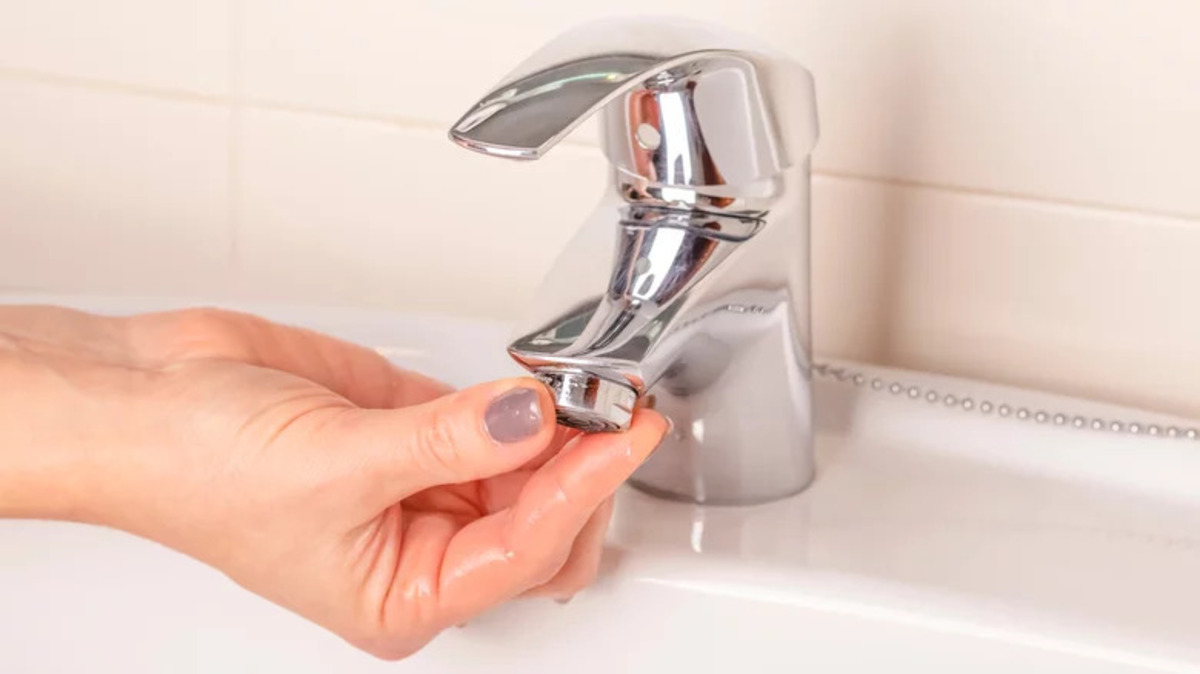
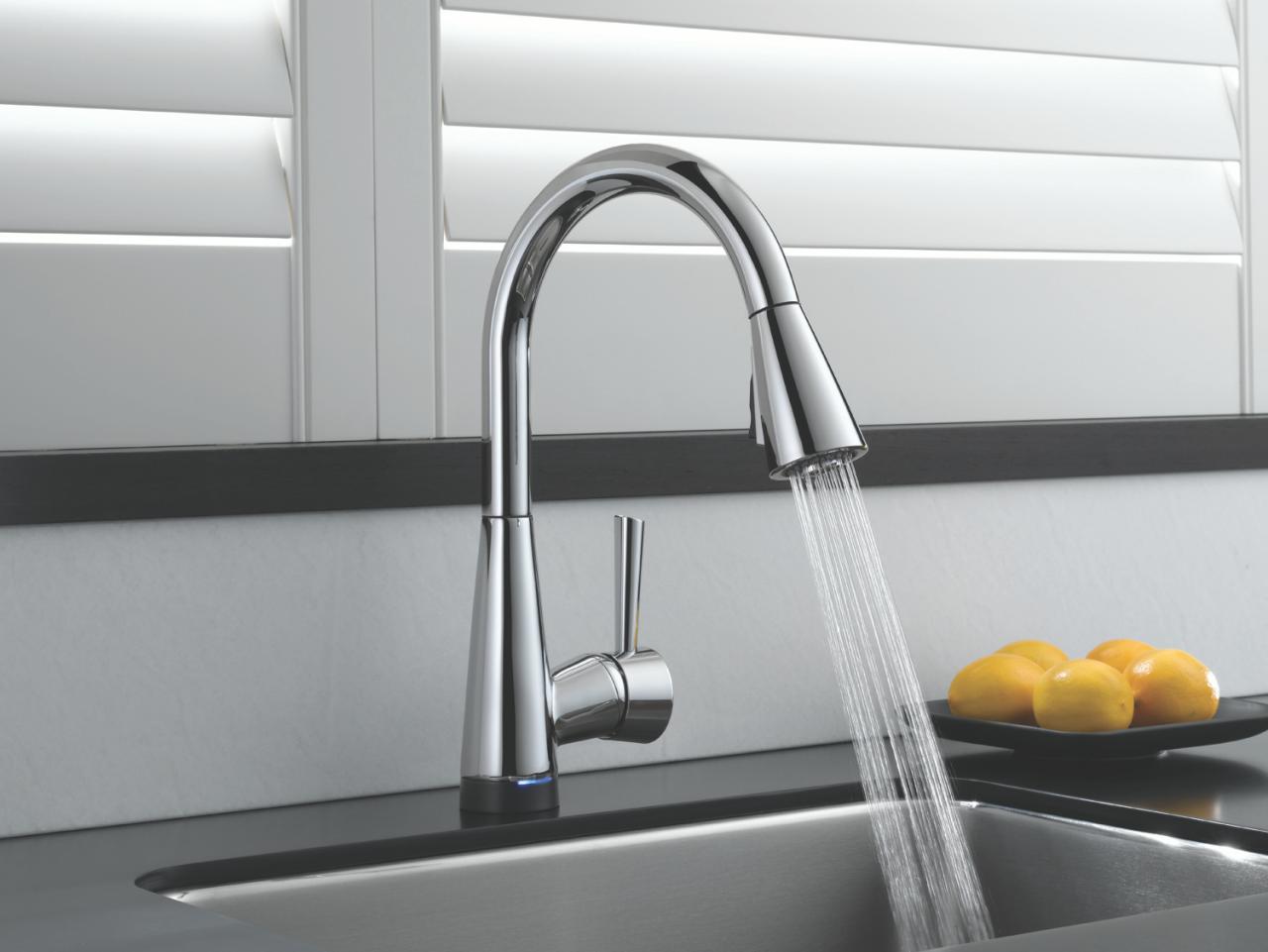

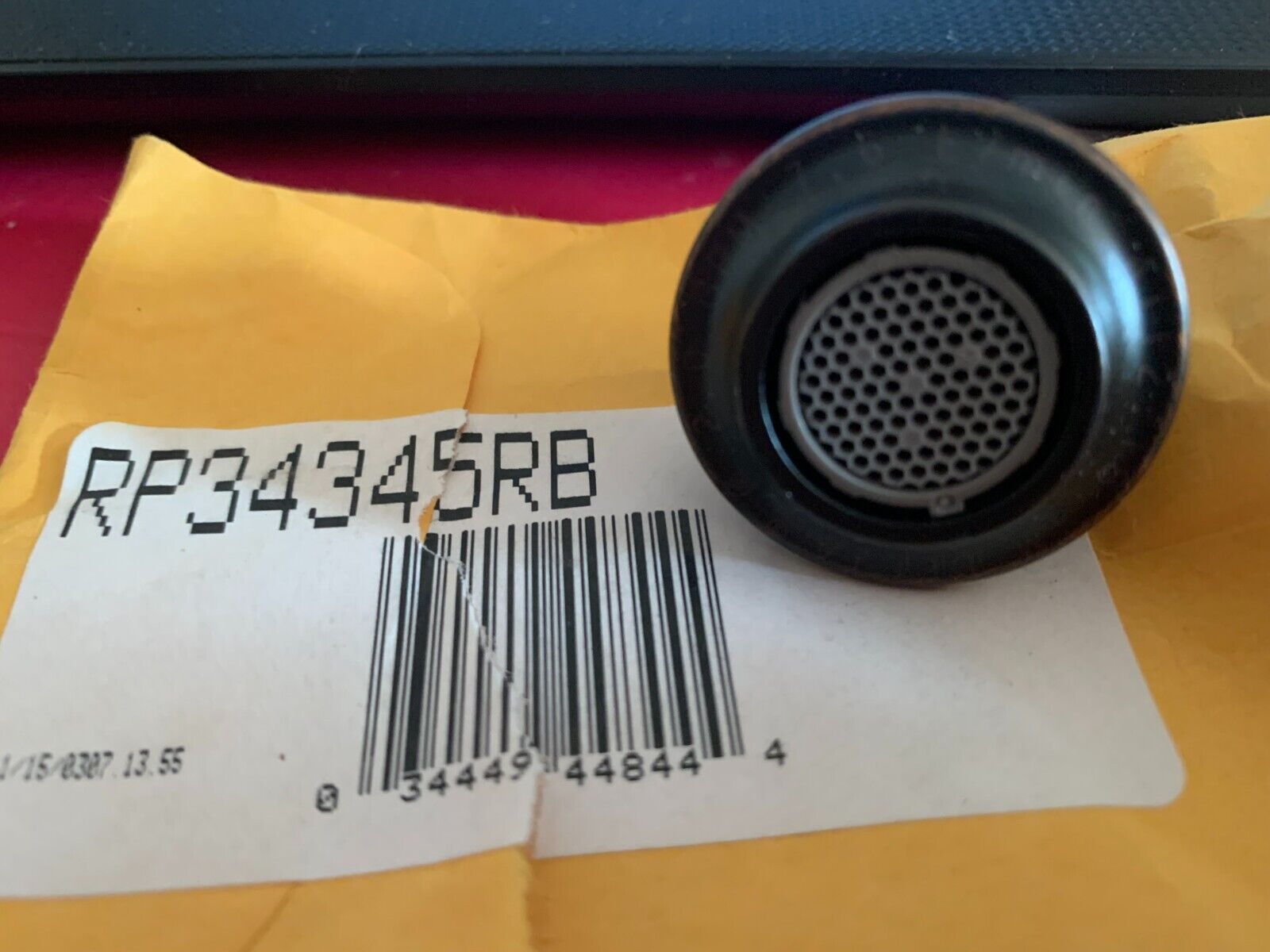
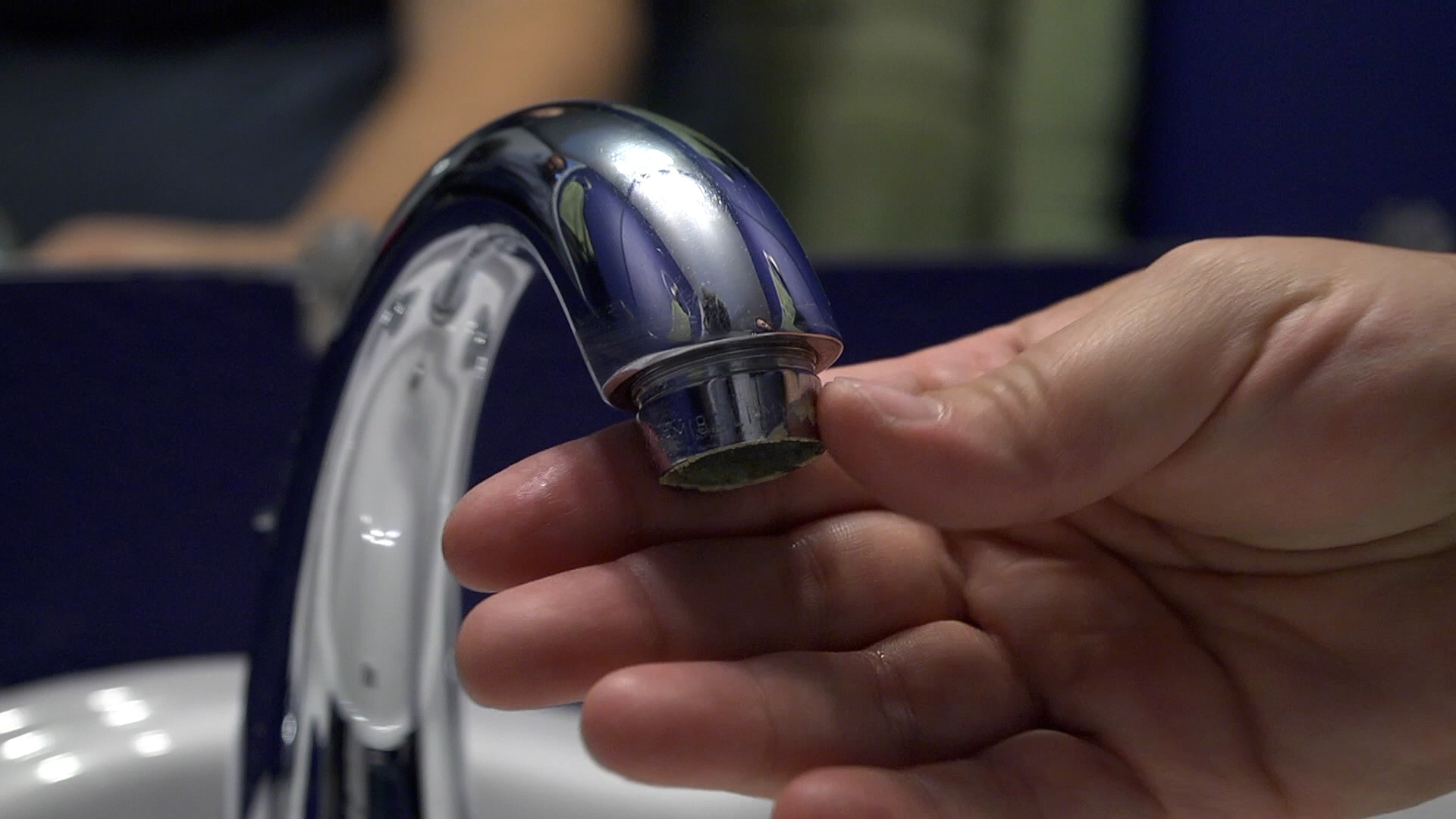
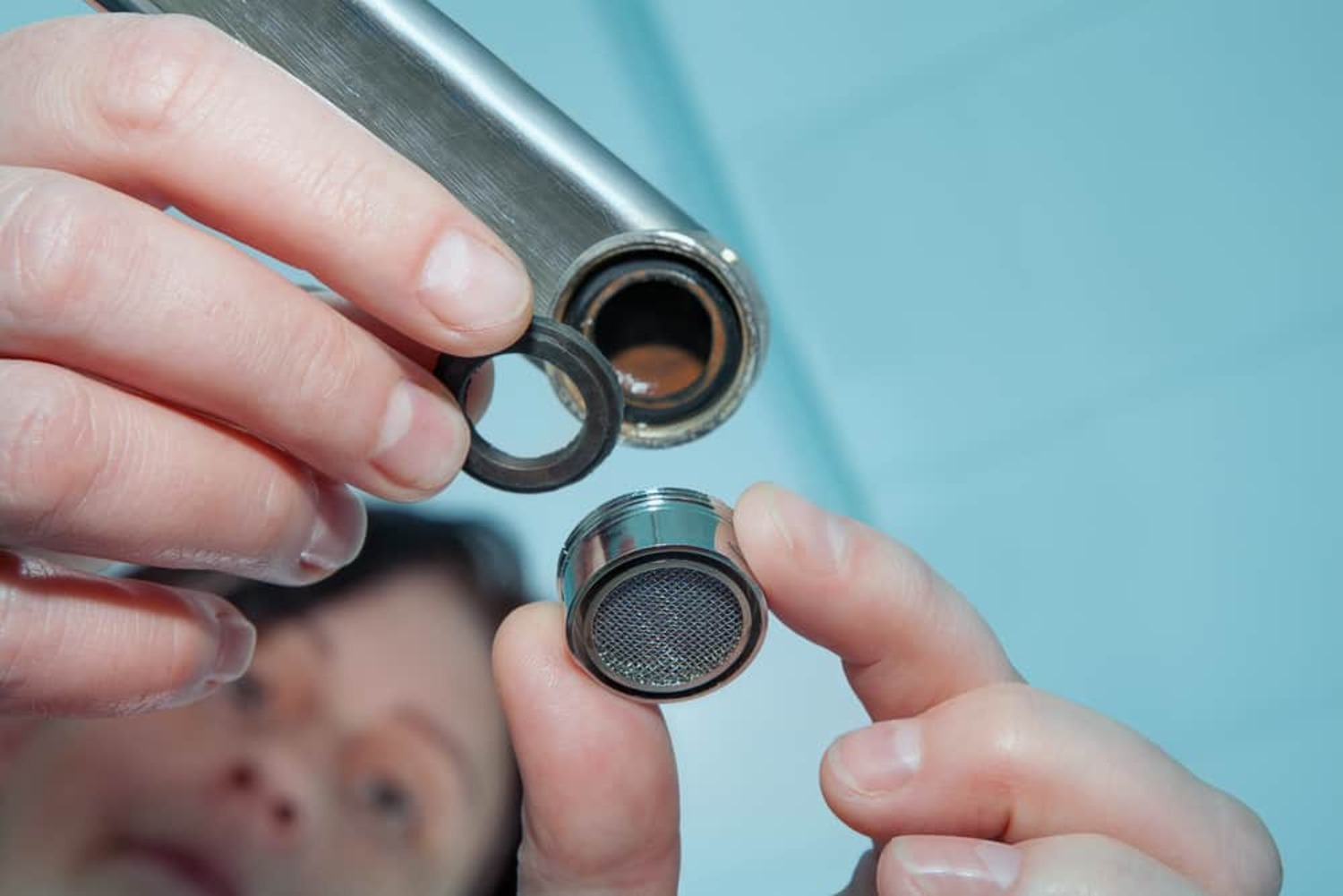
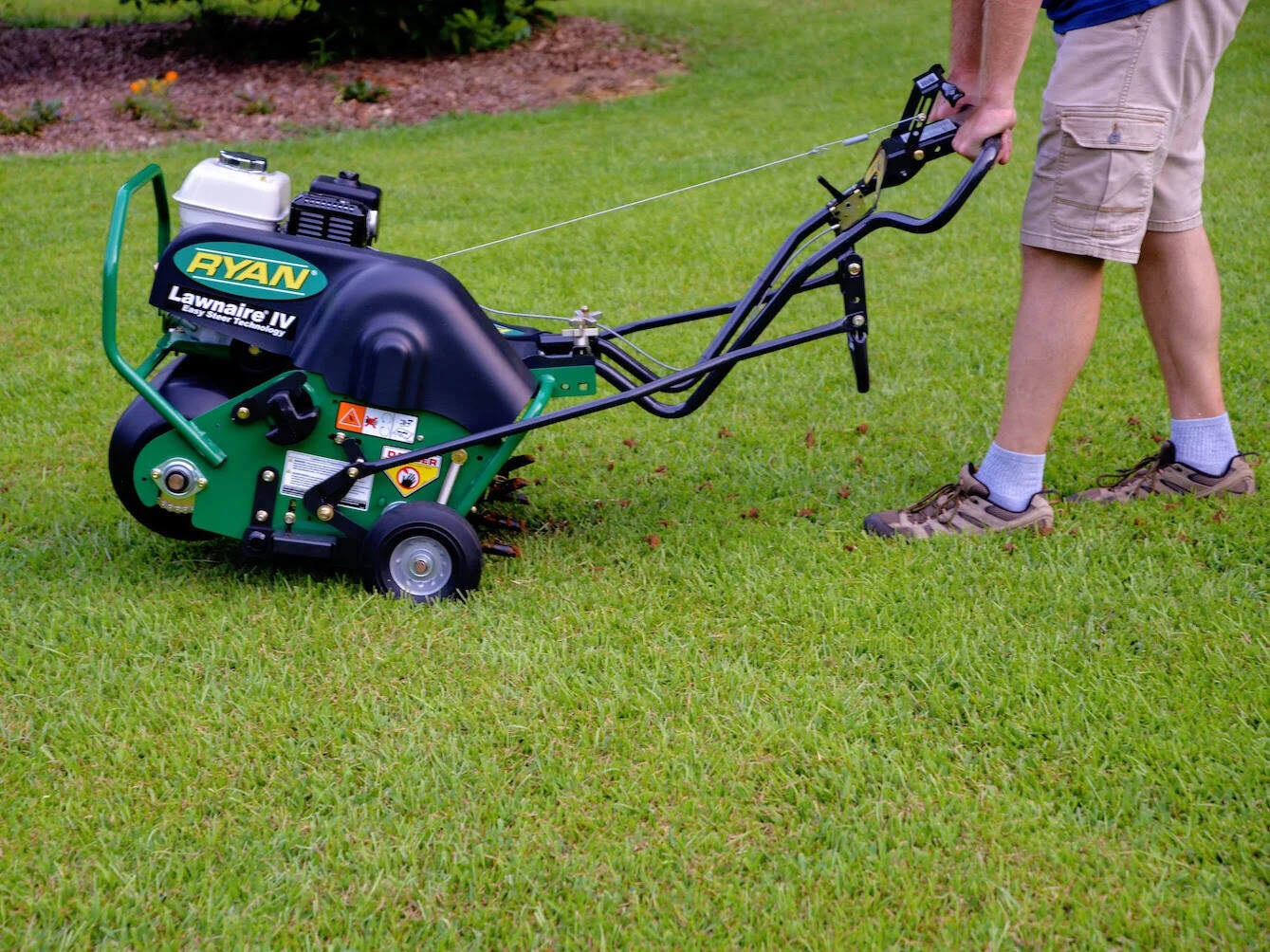
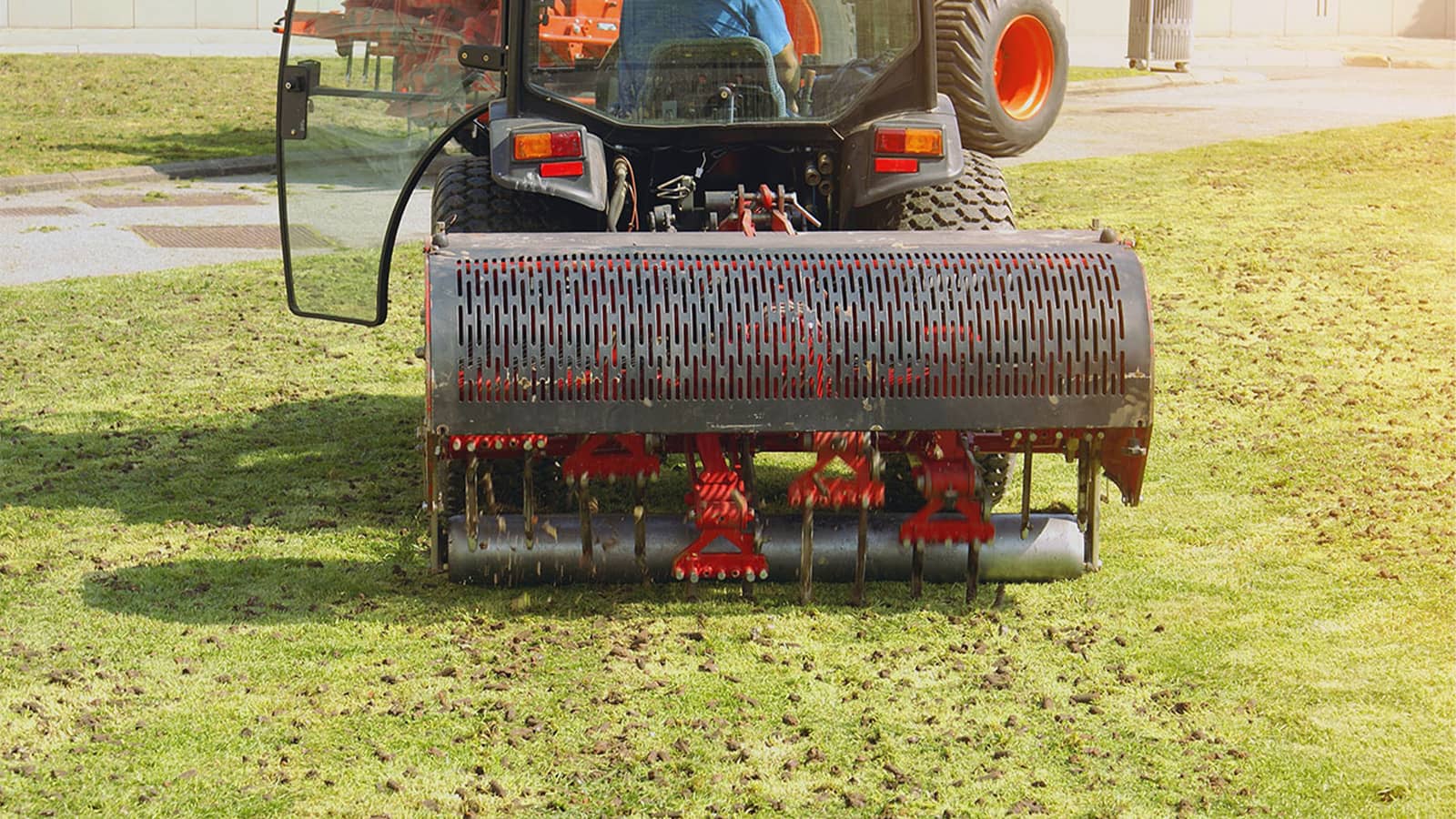
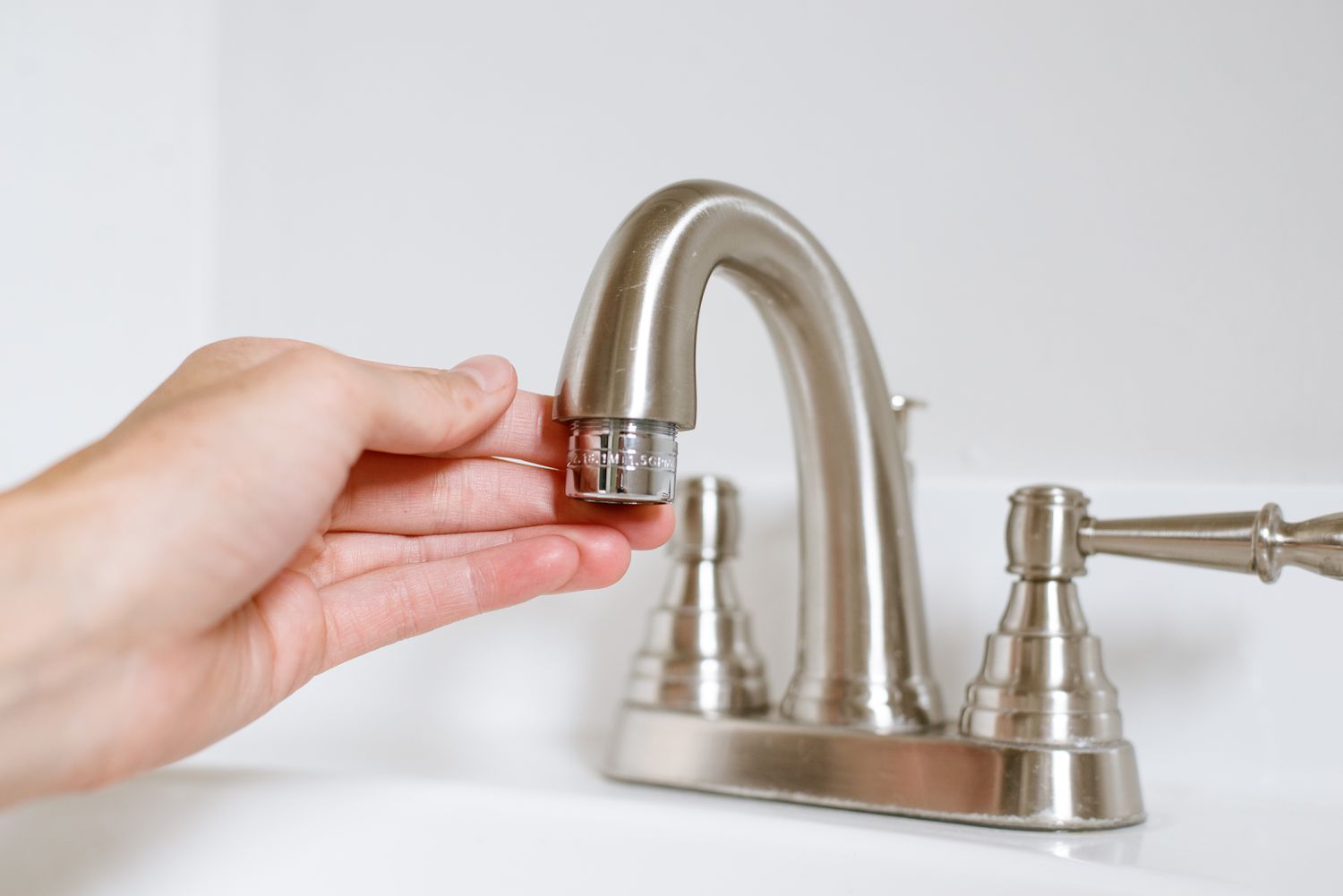

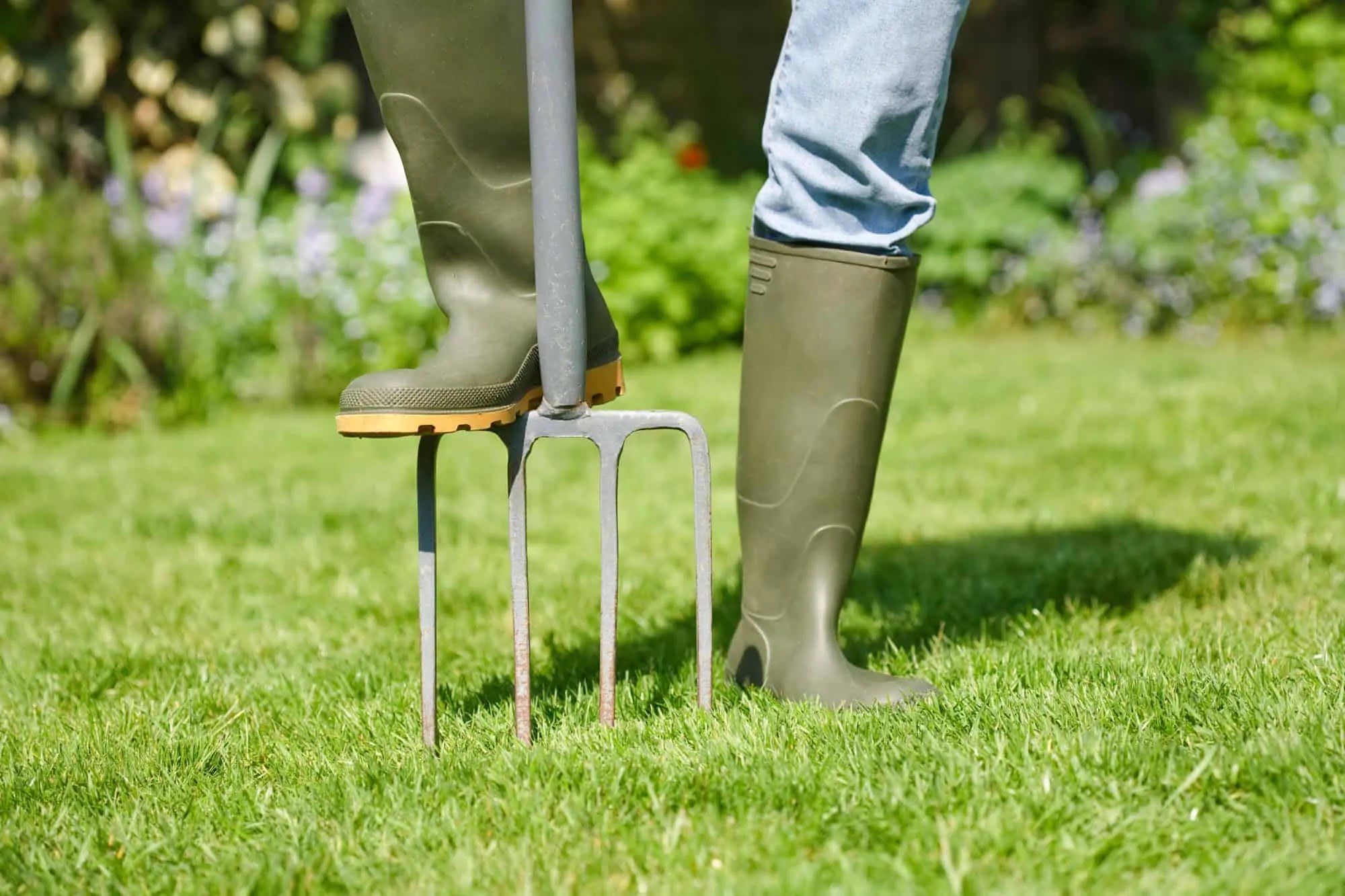
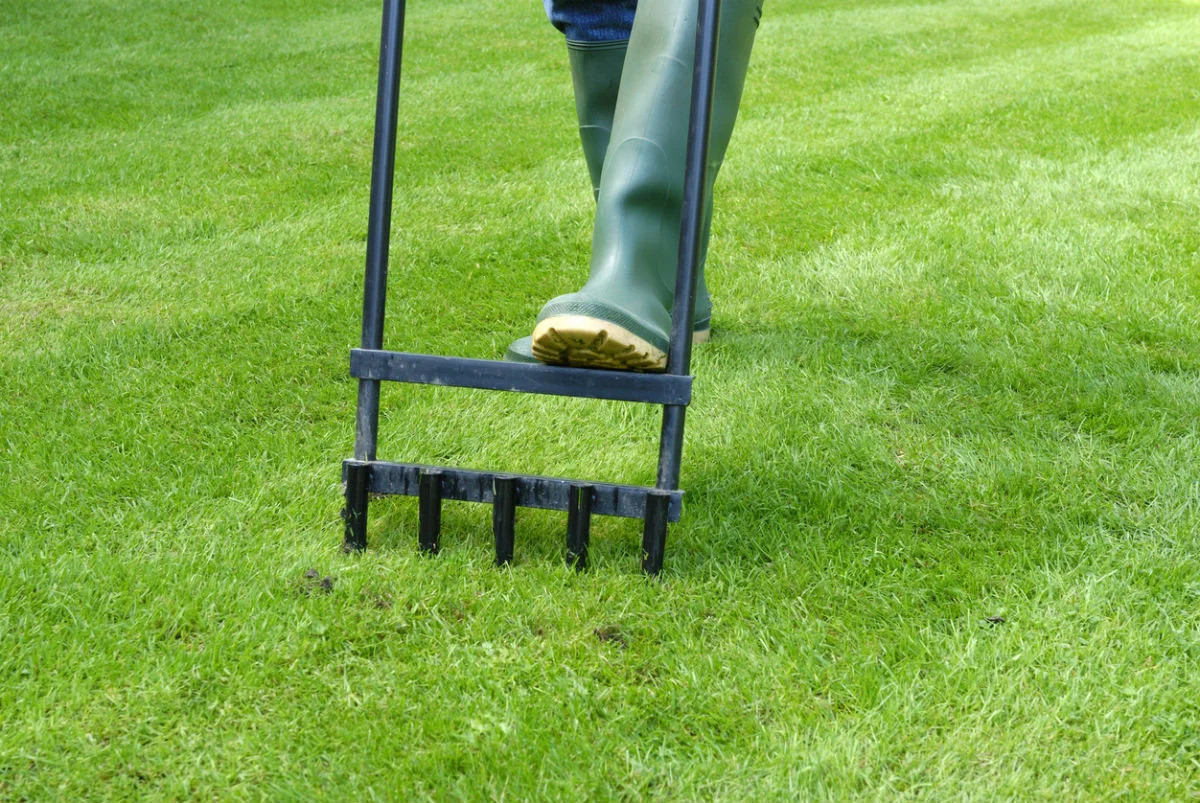
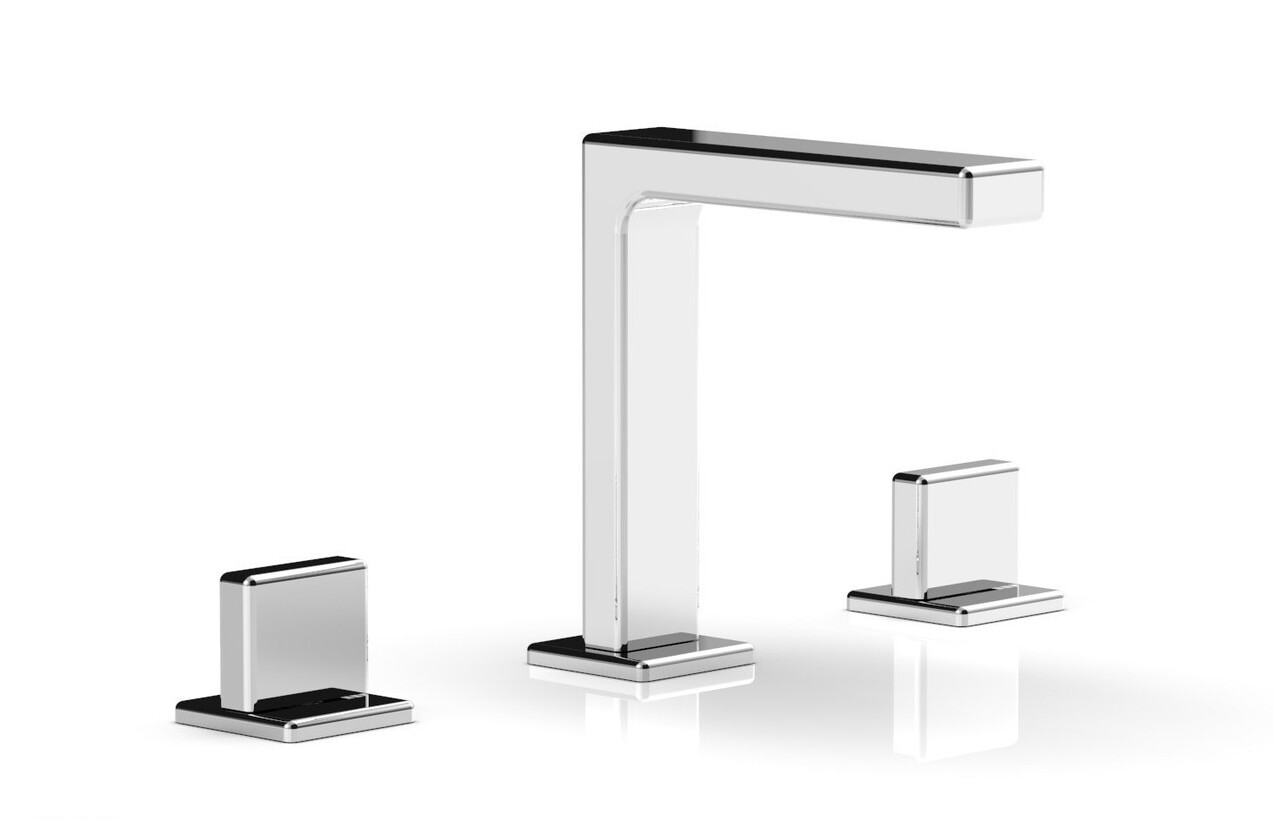

0 thoughts on “What Is A Faucet Aerator”